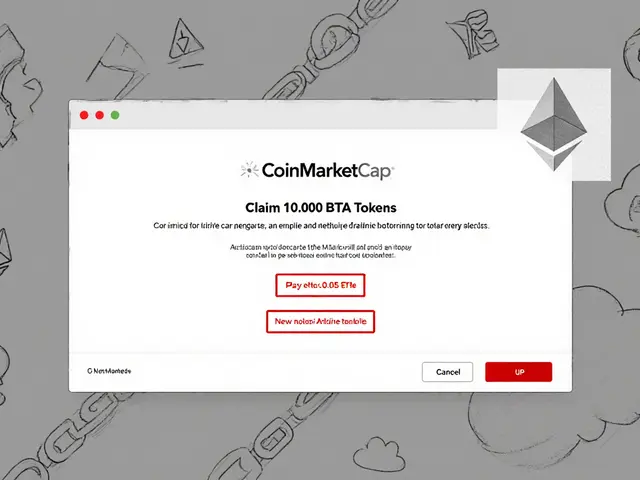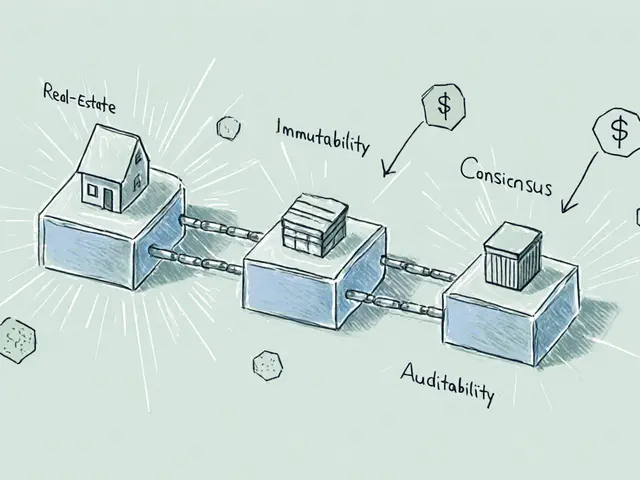Stablecoin Compliance: Navigating Rules and Risks
When working with stablecoin compliance, the set of laws, licensing requirements, and reporting duties that stablecoin issuers must follow to operate legally. Also known as stablecoin regulatory compliance, it connects directly to regulatory frameworks, the collection of statutes and guidance issued by financial authorities worldwide, AML/KYC policies, anti‑money‑laundering and know‑your‑customer rules that prevent illicit use of digital assets, and digital‑asset licensing, the official permission granted by regulators to issue and manage stablecoins. These entities form a network: stablecoin compliance requires licensing, licensing is granted under regulatory frameworks, and AML policies shape both. Understanding this web helps issuers avoid fines, protects investors, and keeps the ecosystem trustworthy.
Why the Pieces Matter
Regulatory frameworks differ from the U.S. to the EU, from Singapore to the UAE. In the United States, the Treasury’s Office of the Comptroller of the Currency treats many stablecoins as banking products, demanding chartered status and capital buffers. Europe’s MiCA rules, meanwhile, set a single‑market standard that forces issuers to publish reserve attestations and maintain specific liquidity ratios. Those differences drive the need for digital‑asset licensing: a company that wants to launch a stablecoin in Singapore must secure a Payment Services License, while in Brazil it may need a crypto‑exchange registration. AML/KYC policies sit on top of this, forcing every user onboarding flow to verify identity, monitor transaction patterns, and file suspicious activity reports. Failure in any of these layers can trigger enforcement actions, asset freezes, or even criminal charges. For traders, the payoff is clear – compliant stablecoins tend to have lower spreads and higher market confidence, which translates into better trading conditions.
Below you’ll find a curated list of articles that break down each of these elements. We cover real‑world case studies, step‑by‑step licensing guides, jurisdiction‑specific compliance checklists, and the latest regulatory updates that affect stablecoin design. Whether you’re an issuer figuring out how to meet reserve‑backing standards, a trader looking for compliant assets, or a developer building AML‑ready smart contracts, the posts ahead give you actionable insight and practical tools to stay ahead of the curve.
EU Stablecoin Restrictions 2025: How MiCA Impacts USDT & Other Tokens
Learn how MiCA's EU stablecoin restrictions affect USDT and other tokens, what CASPs must do, and how to stay compliant in 2025.
View More




